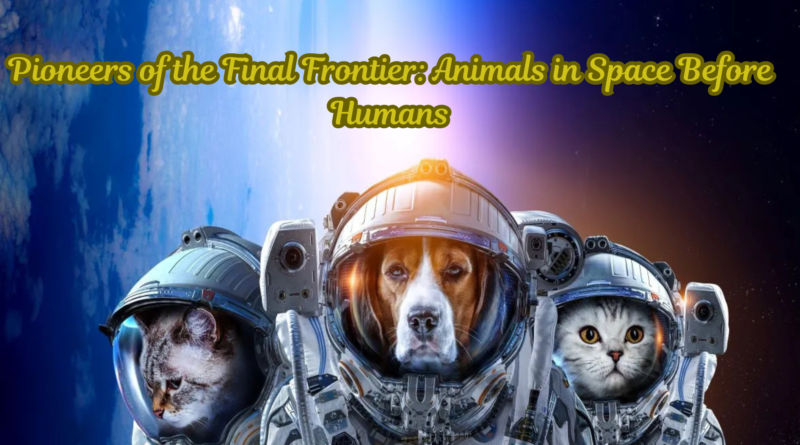Pioneers of the Final Frontier: Animals in Space Before Humans
Before humans ever ventured beyond Earth’s atmosphere, a variety of animals were sent into space to test the effects of space travel on living organisms. These pioneering creatures helped scientists understand the risks of spaceflight, including the effects of weightlessness, radiation, and re-entry. The very first space travelers were fruit flies, launched aboard a U.S. V-2 rocket in 1947. These tiny insects helped researchers study radiation exposure at high altitudes. Following them, other animals such as mice and monkeys were launched throughout the late 1940s and early 1950s to gather more data about biological responses in space.
One of the most famous space animals was Laika, a stray dog from Moscow who became the first animal to orbit Earth aboard the Soviet spacecraft Sputnik 2 in 1957. Laika’s mission provided valuable information about life support systems and the stress of space travel, though sadly, she did not survive the journey. Her sacrifice paved the way for more advanced missions that would eventually carry humans into orbit. Following Laika, more dogs were sent into space by the Soviets, many of whom survived and returned safely, further advancing human understanding of survival in space.
Monkeys also played a significant role in early space exploration, particularly for the United States. Rhesus monkeys like Albert I, II, and later, a squirrel monkey named Gordo, were among the first primates used in high-altitude and orbital missions. These missions were crucial in demonstrating that larger mammals with more complex biology could endure the stresses of launch and microgravity. Though many of these early missions ended in failure, they contributed significantly to designing life-support systems for human astronauts.
Other animals that contributed to early space missions included mice, guinea pigs, rabbits, frogs, and even turtles. In 1968, the Soviet Zond 5 mission carried a group of tortoises around the Moon and back to Earth, becoming the first living beings to complete a lunar orbit. These animals played a silent but essential role in preparing humanity for the challenges of space exploration. By enduring the dangers of the unknown, they helped ensure that human astronauts could one day explore space more safely.




